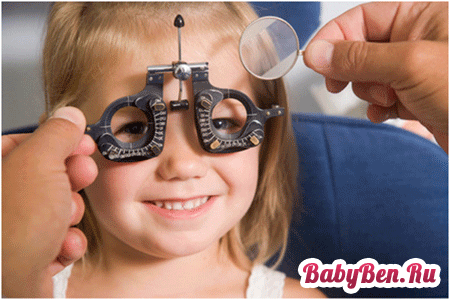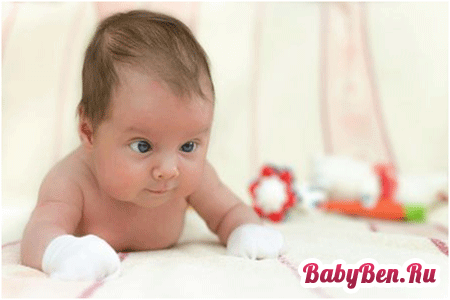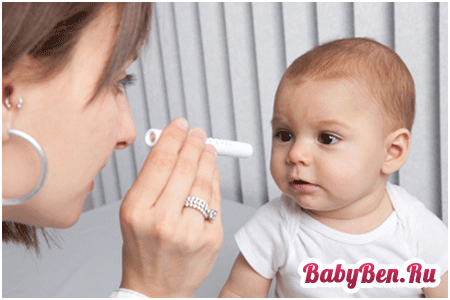
Cravisor in newborns can be temporary, since babies are unable to control the movements of eyeballs. In this regard, the child’s pupils are on different sides and roll under the frontal part due to the weak action of the eye muscle. Eye muscles, like other muscle tissues, require training exercises. And therefore, after a certain period of time, the baby will form and strengthen the optic nerve muscles, which will lead to normal eyes and completely relieve strabismus.
Often, strabismus is a physiological phenomenon in normal order and such a defect passes by 3-4 months. In the future, visual synchronism can be established closer to six months.

The content of the article
Crashglazia in infants - pathology
If the eyes are mowed by a newborn even after six months of life, this can serve as a serious concern for parents. This situation suggests that such a problem may remain for life if you do not take measures in time. The reasons for the conservation of strabismus can be:
- infectious diseases during pregnancy;
- the child’s infection in the first months after his birth;
- close arrangement of toys to the child;
- genetic factor;
- neurological diseases;
- heavy birth activities;
- eye diseases;
- heat;
- physical trauma of eyeballs.
If the baby is observed in a oblique look, which has not disappeared by 5-6 months, it is worth visiting a children's ophthalmologist.

Treatment of strabismus in newborns
You can treat strabismus according to two methods: drug prescription and through surgical intervention. In the treatment of medicines, glasses are prescribed for the child, small complex exercises are prescribed, as well as a dressing on a healthy eye. All these methods are assigned if the child has reached six months.
In other cases, preventive measures can be taken to avoid strabismus. The first examination of the eyes of a newborn should be carried out in the walls of the hospital. In the case of the slightest suspicion of strabismus, the baby is registered with further directions to the ophthalmologist.
At risk for strabismus, premature babies, children with hereditary eye diseases, as well as babies born with complications can be attributed. Two months later, from birth, when binocular vision begins to form, the baby should undergo a medical examination in the district children's clinic.
In addition to detecting farsightedness and myopia, an ophthalmologist will confirm whether the child has strabismus. If the newborn has eyes, then they will write a referral to visit another specialist in order to accurately establish the cause of this defect in vision, they will be sent for examination by a neuropathologist. It should be remembered that the sooner you seem to be specialists, thereby you will double the chances of having full vision in the future.

Prevention of strabismus in a newborn
Parents must comply with simple rules in order to avoid strabismus in a child:
- Play with a newborn without resorting to large toys and objects. Keep the toy above the child on his outstretched arm and in no case bring it closer to the eyes.
- It is also important to keep toys on the same level, without swinging in different directions, so that the baby can look at the subject with both eyes.
- Do not make a sudden appearance near a child with a bright color toys, this can lead to a fright of a child and serve the development of strabismus.
- In the room where the newborn is located, bright light should not burn.
- To protect the eyes of the baby from physical injuries and small objects hit them.
Timely detection of the problem and the correct approach to solving it will help to grow a physically and mentally healthy person.
